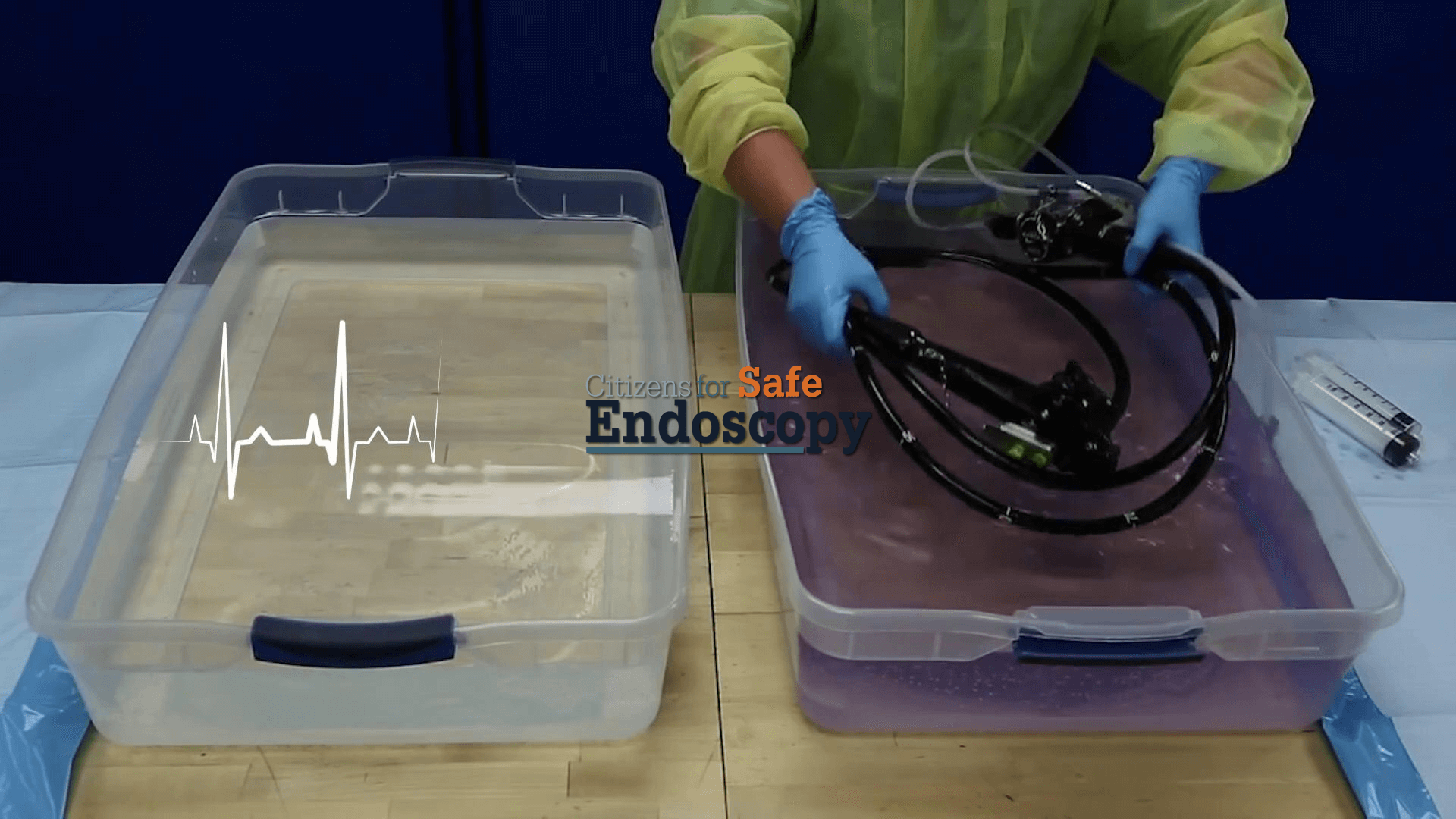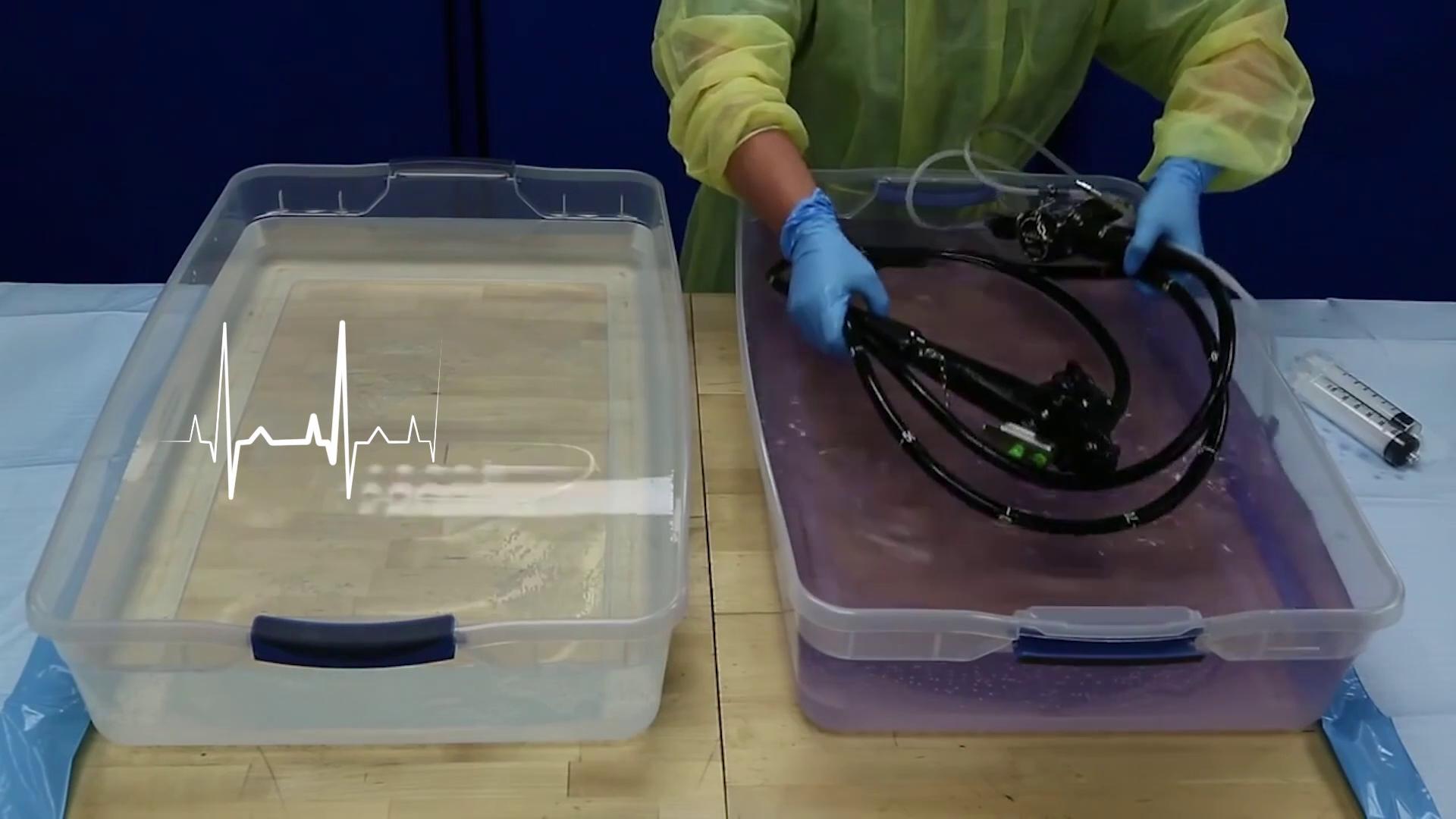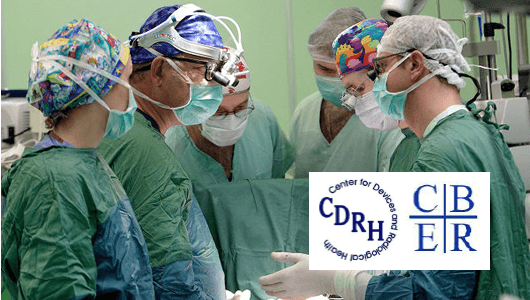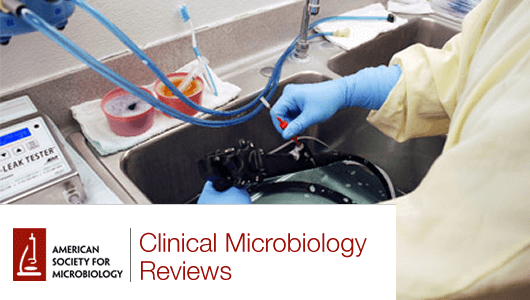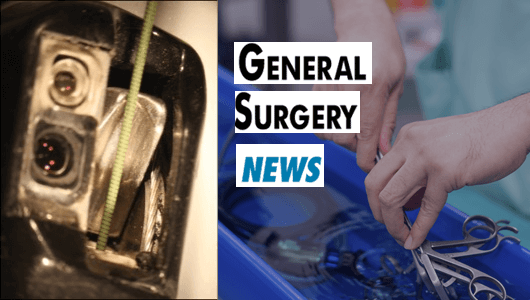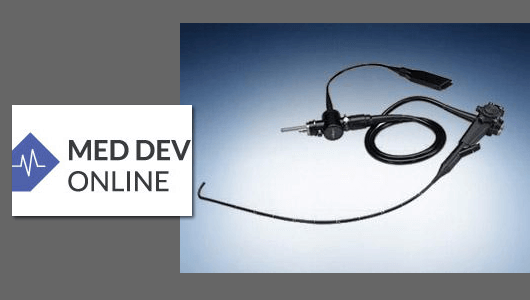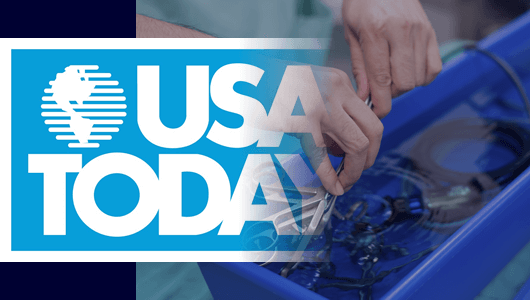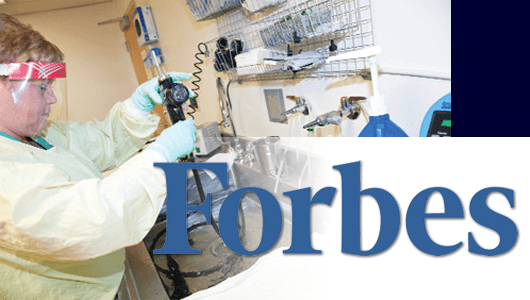The Solution to Safer Endoscopy
Our mission at Citizens for Safe Endoscopy is very simple. We believe that 270,000 Americans are being needlessly infected by non-sterile flexible endoscopes. Our mission is to educate patients that flexible endoscopes are disinfected as opposed to sterilized. Disinfection kills almost all microbial life, but not all. Infections such as Hepatitis, Tuberculosis, HIV, Human Papilloma Virus, and KJD (Mad Cow Disease), can live through the current reprocessing standard of disinfection. Flexible endoscopes have many grooves, nooks, and hard to reach edges that are impossible to clean. When scopes are serviced and taken apart, debris frequently discovered in these allegedly disinfected endoscopes are fecal matter, blood, and mucous. There is no reason why healthy patients are getting sick during colonoscopies, sigmoidoscopies, bronchoscopies, and other endoscopic procedures, when technology exists today to give every patient a sterile and safe endoscopy.
We need to change the standard of care to sterilization and we need a patient bill of rights where every patient is informed about the reprocessing standards of an endoscopy as well as other procedures.
Citizens for Safe Endoscopy is dedicated to preventing all future cases of cross-contamination due to endoscopic procedures. We believe that we can prevent 270,000 healthy patients from getting sick by
- Informing the public of this health epidemic and patients who may not even know that they have contracted a disease from cross-contamination
- Enlist as many people as possible to join our cause to fight for and protect the 15,000,000 people every year who have an endoscopic procedure and to make sure that these endoscopies are safe and sterile.
- Building a coalition of victims, concerned citizens and health professionals to fight against the needless amount of cross-contamination.
- Lobbying for legislation all across the country to change the standard of care in the reprocessing of endoscopes from disinfection to sterilization.
- Prevent this archaic practice and push the medical profession to use the new technology out there to achieve complete sterilization.
- Convince the hospitals, doctors, and other medical facilities to explore all new technologies to achieve standard, including, but not limited to, protective single-use barrier devices.
WHAT IS ENDOSCOPY?
Endoscopic procedures are typically performed on an outpatient basis and generally involve less recovery time and patient discomfort than traditional surgery. The patient benefits and cost savings associated with endoscopy have caused many governmental reimbursement programs and private health insurance plans to encourage the use of endoscopic procedures in a number of medical applications.Endoscopy is a minimally invasive technique that is being used to visually examine patients internally using a probe-like device inserted through the mouth or other orifices. It is used with increased frequency in a growing number of medical applications. Endoscopic therapeutic procedures, unlike more traditional open surgical procedures, can be performed without a major incision, in most cases without general anesthesia, and, therefore, safer and less expensive than traditional surgical procedures.
The Problem
Endoscopes were originally designed for their optics and function, not for cleanability – after all, they are used in non-sterile areas of the body. Endoscope manufacturers are well aware of the problems inherent in their design because in the process of repairing endoscopes, they must remove the stained and contaminated channels. These channels contain blood, mucous, feces and numerous diseases and bacteria. In fact, endoscopes are impossible to sterilize. In fact, your dentist’s drill is much cleaner than an endoscope.
Is there no doctor in Salem, Oregon that performs TNE? I called the only ENT clinic here and they only go look at the voice box area and said you have to go to a GI doctor for esophogeal issues. This is the state capitol and we should not be so behind the times….For heaven’s sake, this should be the “standard of care” for people who do not want the old sedated endoscopy.
Thank you,
– Karen
– Salem Oregon
The Solution
A proprietary flexible endoscope system designed to eliminate the risk of cross-contamination to patients and health-care professional’s also provides quick changeover between patients by eliminating the difficult task of cleaning the endoscopes. The risk of cross-contamination results from the reuse of conventional flexible endoscopes. This system consists of two main components; a proprietary sterile disposable sheath and a reusable flexible endoscope. The endosheath is designed to cover all surfaces of the endoscope that come into contact with the patient and contains the air, water, suction and accessory channels that are a part of conventional flexible endoscopes, thus providing a contamination-free instrument and substantially reducing the burdensome cleaning required of conventional flexible endoscopes. The Sheath technology is not available for all endoscopic procedures, but some doctors who are concerned about this deadly issue use the Sheath regularly for Transnasal Endoscopic procedures (TNE).
What is TransNasal Endoscopy?
Transnasal Endoscopy using digital full screen, CCD and LED technology, combined with a disposable Endosheath (TNE/DE), represents the best and most effective method for esophageal examinations in the current medical environment.
TNE/DE is the only currently available technology that combines:
- Image quality
- Procedure-related cost containment
- Patient and staff safety
- Improved professional reimbursement outcomes
- Control of patient related costs and expenditures
- Diagnostic capability equal to current video-endoscopy
- Improved manpower-related logistics
Over the past 20 years there has been a significant increase in esophageal cancer, in particular adenocarcinoma of the EG junction, driven largely by the continued dramatic increase in reflux-related disease including Barrett’s esophagus. This has heightened the demand for investigative endoscopy to provide early detection, diagnosis and prevention of esophageal cancer.
During this same period of time, there has been a concomitant decline in available manpower (namely the number of Physician-providers), combined with increased competition for skilled Endoscopists’ time due to the burden of screening colonoscopy. In addition, we continue to experience an adversarial insurance environment with accelerated downward pressure on reimbursements, and the increased burden on the patient by factors such as rising premiums, co-pays, and lost productivity and income as the result of time lost due to having to undergo sedated procedures. Read more about TransNasal Endoscopy…
Latest News:
Reprocessing Medical Devices in Health Care Settings
This guidance provides recommendations for the formulation and scientific validation of reprocessing instructions for reusable1 medical devices. This guidance document also provides recommendations for the content and review of premarket notification submissions [510(k)], premarket approval (PMA) applications, humanitarian device exemption (HDE) applications, de novo requests and investigational device exemption (IDE) applications, concerning the labeling instructions for reprocessing reusable medical devices.
Seattle Times: Navy vet’s death blamed on contaminated medical scopes
From The Seattle Times: A retired Navy chief petty officer treated at the Seattle Veterans Affairs hospital may have been the victim of a deadly infection tied to dirty medical scopes — and to scope-washing [...]
American Society for Microbiology: Transmission of Infection by Flexible Gastrointestinal Endoscopy and Bronchoscopy
Most contemporary flexible endoscopes cannot be heat sterilized and are designed with multiple channels, which are difficult to clean and disinfect.
Antibiotic-Resistant ‘Superbug’ an Emerging Threat
A relatively new antibiotic-resistant bacteria called CRE is making inroads in some major American cities, U.S. health officials report.
Contaminated Duodenoscopes: The Story of a Chance and Distressing Finding
It started with a chance discovery, a lucky break that revealed an unlucky situation.
Unsedated transnasal endoscopy effective, lower-cost for monitoring pediatric EoE
Unsedated transnasal endoscopy was shown to be a safe, well-tolerated and lower-cost alternative to esophagogastroduodenoscopy for evaluating pediatric eosinophilic esophagitis, according to recent study data.
Unsedated Transnasal Endoscopy Safe for Children With Eosinophilic Esophagitis
Unsedated transnasal endoscopy (TNE) is a safe, low-cost procedure that can help physicians evaluate paediatric patients with potentially chronic problems in their oesophagus, according to a study published in the journal Gastrointestinal Endoscopy.
People: Melissa Rivers Says Joan’s Death Was ‘100 Percent Preventable’
Melissa Rivers says that her mother Joan Rivers' death could have been avoided.
Can We Design Medical Devices To Be Reprocessed Without Killing People?
Reprocessing has taken center stage in the medical device industry over the past two months, thanks to several high-profile “superbug” outbreaks that were linked to the use of contaminated duodenoscopes (type of endoscope) at two prominent U.S. hospitals.
Deadly bacteria on medical scopes trigger infections
The deadly pattern of illnesses began to emerge in 2012 at hospitals in Seattle, Pittsburgh, Chicago. In each case, the culprit was a bacteria known as CRE, perhaps the most feared of superbugs, because it resists even "last defense" antibiotics — and kills up to 40% of the people it infects.
Nightmare Bacteria And Dirty Scopes – Ignorance And Want In Medicine
From Forbes: A deadly strain of antibiotic-resistant bacteria, dubbed “nightmare bacteria” by the head of theCenters for Disease Control and Prevention (CDC), has struck again. This time two people died and 179 were exposed to [...]
Tribune: Melissa Rivers files lawsuit in mother Joan Rivers’ death
While Joan Rivers lay sedated in a Manhattan clinic, her doctors performed unauthorized medical procedures, snapped a selfie with the comedian and failed to act as her vital signs deteriorated, according to a malpractice lawsuit filed Monday by her daughter, Melissa.
